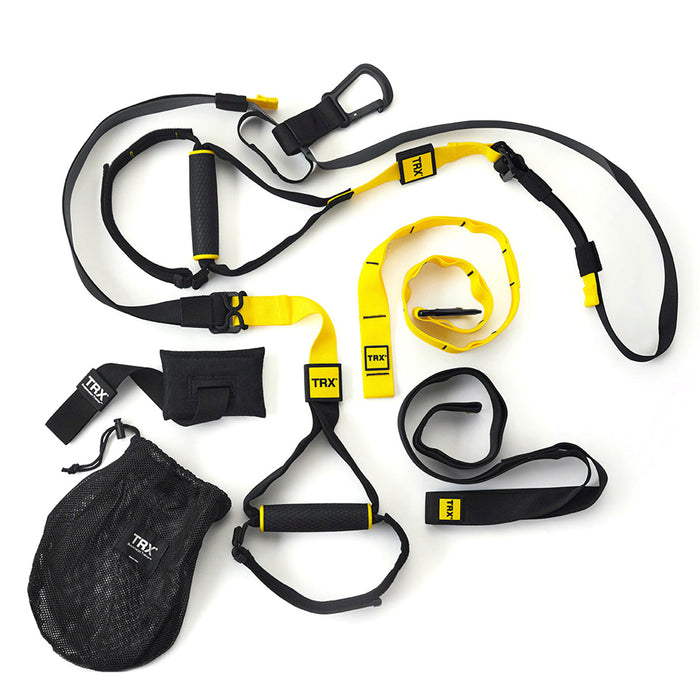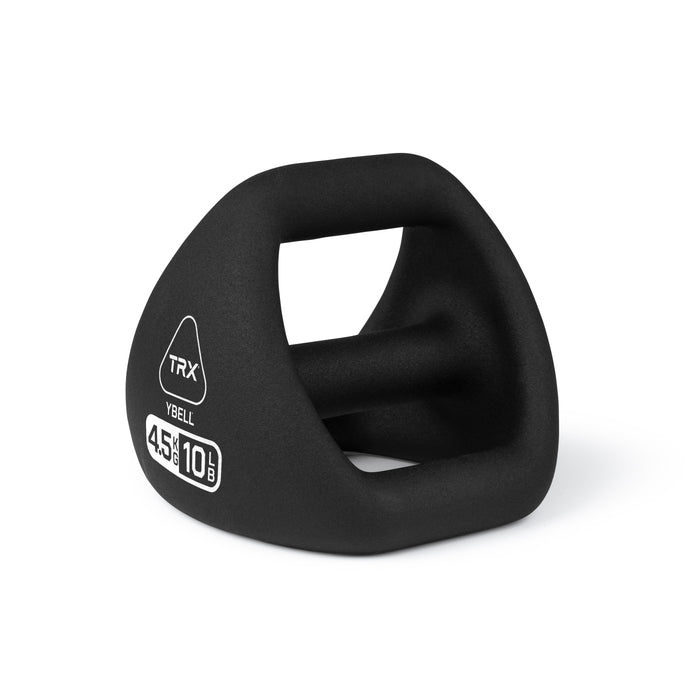In the pursuit of our fitness goals, our bodies adapt and strengthen in response to the challenges we put them through. They also adapt and lose size and strength in response to our lack of challenging them. While a day or two off for recovery is normal and necessary, sometimes we take more time off than we’d like. Injuries, illnesses, or the just demands of life can sometimes interrupt our exercise routines for weeks at a time, leading us to wonder: How long does it take to lose muscle if you stop working out?
Muscle atrophy, the loss of muscle tissue due to inactivity, can happen quickly for some, but slower for others, depending on quite a few factors. Understanding these factors, timelines, and strategies behind muscle loss can help us to make better-informed choices about our fitness journey. So, let's get into the science behind what happens to our muscles when we get thrown off our routine.
How Fast Can You Lose Muscle?
Keep in mind there’s a difference between missing a couple of weeks of workouts (while on vacation) and not moving at all, (as if you were bedridden with severe illness or injury). Missing workouts will cause you a little loss in strength after 2-3 weeks, but it won’t be as detrimental if you’re still moving around.
Being completely inactive or immobilised results in more loss at a faster pace. Here are some general timelines of muscle atrophy for complete inactivity:
Early Changes: Research suggests that within the first two weeks of complete inactivity or immobilisation, noticeable changes in muscle size and strength can occur. Some studies have shown that muscle protein synthesis starts to decline after a few days of disuse.
Moderate Atrophy: After around two to three weeks of inactivity, more significant muscle atrophy can be observed. Studies have found that individuals can experience a loss of about 1-3% of muscle mass per week during this phase.
Accelerated Atrophy: Prolonged periods of inactivity, such as four weeks or more, can lead to more rapid muscle loss. During this phase, muscle protein breakdown can become more prominent than synthesis, contributing to accelerated atrophy.
Factors That Influence Muscle Loss
It’s important to remember that the exact speed of muscle loss differs for each person and depends on individual circumstances, with age, injury history, and current fitness level being some of the most notable.
Age
Muscle loss patterns seem to be the same for most age groups when the reason is inactivity, but remember that the older you are, you’re also dealing with natural muscle loss.
As you age your body experiences a natural decline in muscle mass, known as sarcopenia. This is due to changes in hormonal balance, reduced protein synthesis efficiency, and altered nerve signalling. After the age of 50, you can lose 1-2% of skeletal muscle per year. Since inactivity accelerates this process, it’s best to keep up a regular movement routine.
Incorporating regular resistance exercises, even in small doses, can help retain muscle mass and functionality at any age, but is especially helpful after middle age.
Injury
When you’re hurt and can’t move as much, immobilisation hampers blood flow, resulting in reduced nutrient delivery and waste removal from muscle tissue. As a result, muscle protein synthesis slows down, and breakdown accelerates. To counteract this, physical therapy plays a crucial role.
Tailored rehabilitation programs, involving gentle movements and progressively increasing loads, not only prevent extensive muscle wasting but also foster a speedier recovery. Keeping up with any workouts that involve other uninjured muscle groups will also help mitigate the losses in strength in other areas.
Fitness Level
The more fit you are, the longer it takes to lose muscle mass. Those who have consistently engaged in resistance training (5+ times per week for several months) are better equipped to retain muscle mass during breaks. The concept of "muscle memory" is at play here – previously trained muscles regain lost strength and size more rapidly than untrained muscles. This highlights the importance of staying active, even in non-strenuous ways, during periods of inactivity to stave off significant muscle loss.
How to Tell If You're Losing Muscle
If you’re obsessed with spreadsheets, keeping track of your workouts, and measuring workout volume (number of reps x amount of weight lifted) you’ll be able to notice quickly if your numbers start decreasing. If you don’t have any of these measurements or records on hand, don’t worry. Noticing diminishing strength during exercises you previously found easy is telling enough. Lower muscle mass equals lower strength. You’ll feel it.
The same goes for those who take progress photos of their physique and/or take circumference or body fat measurements for composition - you’ll notice quickly the changes in muscle definition. If you haven’t done this, consulting a fitness professional can help you learn how to keep track of your body composition. Remember: what gets measured gets managed.
It’s important to remember that there’s a difference between muscle soreness and true muscle loss. While soreness dissipates after a few days, muscle loss requires weeks of inactivity to happen.
How to Build Back Muscle
Stopping muscle loss and rebuilding it demands focused nutrition and exercise. Professional guidance can speed up the process.
1. Maintain Calorie Intake
A calorie is a unit of measurement for energy and you get these from the food you eat. Eating enough calories to get you through your workouts is paramount to building and keeping muscle. Calculate your maintenance calories, adjusting for activity level, to ensure you're providing your body with the energy it needs to build back muscle mass. We recommend figuring out how many calories you burn in a workout so that you can have an idea how many calories you need to eat every day. Keep in mind that extreme caloric deficits can amplify muscle loss, so opt for a balanced approach that supports muscle recovery. It may be best to consult a fitness or nutrition professional for help.
2. Eat Protein
Protein plays a critical role in muscle repair and synthesis. When you challenge your muscles, small tears or damage occur in the muscle fibres (this is the soreness you feel after your workout). Protein is essential for repairing these micro tears and building new muscle tissue. During the recovery process, your body uses amino acids, the building blocks of protein, to repair and rebuild the damaged muscle fibres, making them stronger and more resilient. Adequate protein intake provides the necessary amino acids for this process. Essential amino acids, which cannot be produced by your body and must be obtained through diet, are especially crucial.
Protein intake is not only important immediately after exercise but also over the long term to support continuous muscle maintenance and growth. Prioritise high-quality protein sources like lean meats, poultry, fish, eggs, and plant-based options.
Aim for an adequate intake to fuel recovery; recommendations typically hover around 1.2 to 2.0 grams of protein per kilogram of body weight.
Related Article: Remedies for Muscle Recovery
3. Build Your Muscles Through Training
Try crafting a comprehensive full-body 6 day workout plan to regain lost muscle. Begin with low to moderate resistance and gradually intensify to prevent injuries. A combination of resistance training and cardiovascular exercises fosters overall fitness while minimising muscle loss.
Stop Losing Muscle Today
Remember, if you’re not injured or bedridden, try to get back to resistance training when you can. You’ve got about 2-3 weeks before you lose a significant amount of muscle mass and strength.
If you are injured, incorporating light resistance exercises can help to maintain muscle function and metabolic health. Again, it may be in your best interest (of time and sanity) to consult a fitness professional or physical therapist to help guide you through this process, as they can tailor a plan specific to your needs.






